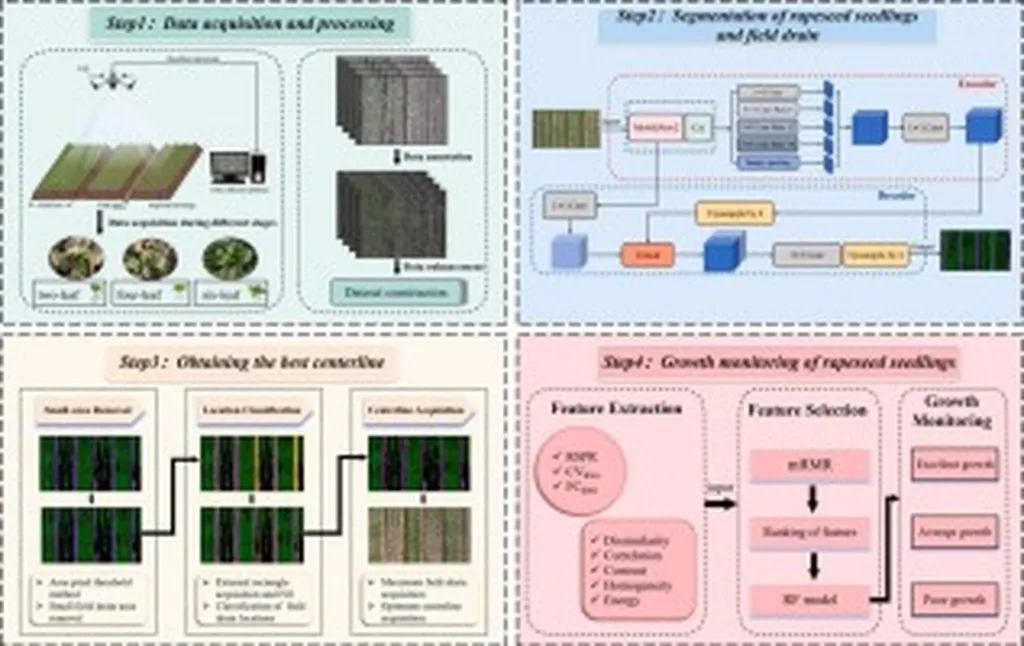In the quest for more precise and efficient agricultural monitoring, a recent study published in the *Journal of Sustainable Agriculture and Environment* (translated from Korean as *Journal of Sustainable Agriculture and Environment*) has shed light on a breakthrough method for classifying rapeseed fields using advanced remote sensing techniques. Led by Ehsan Rahimi of the Agricultural Research Institute at Gyeongkuk National University in the Republic of Korea, the research evaluated the performance of 21 vegetation indices (VIs) to distinguish rapeseed from other crops, with a particular focus on capturing the unique phenological signals of flowering.
Rapeseed, a globally significant oilseed crop, is a vital resource for the energy sector, particularly in the production of biodiesel. Accurate monitoring of rapeseed fields is crucial for timely agricultural decision-making, ensuring optimal yield and quality. The study utilized 50 Sentinel-2 images acquired throughout the growing season to capture the phenological variation of rapeseed fields. By employing a supervised classification approach based on the Random Forest algorithm, Rahimi and his team were able to identify the most effective vegetation indices for classifying rapeseed.
The results were striking. Indices sensitive to changes in green and red reflectance, such as the Green-Red Vegetation Index (GRVI) and the Visible Atmospherically Resistant Index (VARI), as well as those contrasting green and blue reflectance like the Normalized Difference Yellow Index (NDYI), performed exceptionally well. These indices achieved overall accuracy values up to 0.99, Kappa coefficients around 0.97, and F1 scores near 0.97. “These top-performing indices exhibited the lowest false positive and false negative rates, making them highly reliable for rapeseed classification,” Rahimi explained.
In contrast, traditional biomass-oriented indices such as the Chlorophyll Index (CI) and the Modified Soil-Adjusted Vegetation Index (MSAVI) performed poorly, with lower overall accuracy and significantly higher false positive rates. Rahimi attributed this to their insensitivity to the spectral effects of flowering. “Our findings confirm that flower-sensitive indices are better suited for capturing the phenological signals of rapeseed flowering, especially those in the visible spectrum,” he noted.
The implications of this research are profound for the energy sector. Accurate and timely monitoring of rapeseed fields can lead to more efficient production and harvesting, ensuring a steady supply of raw materials for biodiesel production. As the demand for renewable energy sources continues to grow, the ability to optimize rapeseed cultivation becomes increasingly important.
Looking ahead, Rahimi’s research suggests that a phenology-based classification approach, supported by well-selected training data and appropriate indices, can yield highly accurate results. “We recommend that future studies adopt the most effective indices identified in this study—particularly GRVI, VARI, and NDYI—for operational monitoring and mapping of rapeseed fields using Sentinel-2 data,” he advised.
This study not only advances our understanding of crop classification but also paves the way for more sustainable and efficient agricultural practices. As the world seeks to transition to cleaner energy sources, the insights gained from this research will be invaluable in shaping the future of the energy sector.

